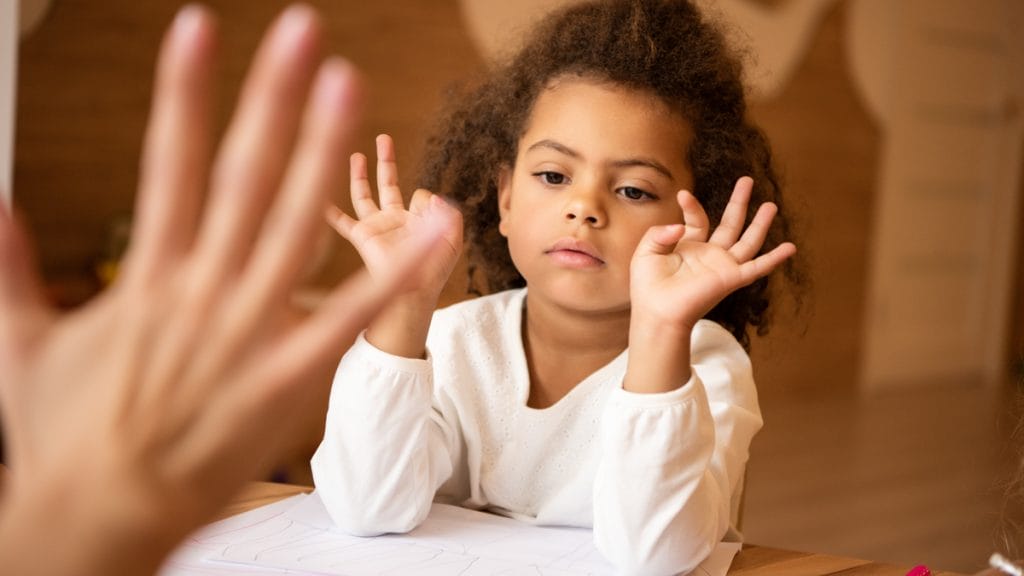Immigrants living permanently in Finland are entitled to an integration plan which is drawn up with the Immigration Office and employment authorities. If necessary, an integration plan can also be drawn up for persons under the age of 18. The City of Kokkola has in place an immigration programme which is aimed at promoting immigrant integration in Kokkola and creating a multicultural, international and open image for the city.
Integration programme (in Finnish)
Children and young people aged 7–17 who come from an immigrant background and who have either moved to Finland or are born in Finland, are subject to compulsory education. Compulsory education in Finland covers nine years of basic education. After grade 9, further education is provided by community colleges and adult education centres. Each child is also entitled to start pre-primary education in the year they turn six. The right to go to school continues until the end of the year when the pupil turns 18.
In Kokkola, adult orientation education and further training is offered by, among others, The Federation of Education in Central Ostrobothnia KPEDU and the Kokkola Region College in collaboration with the employment authorities.
